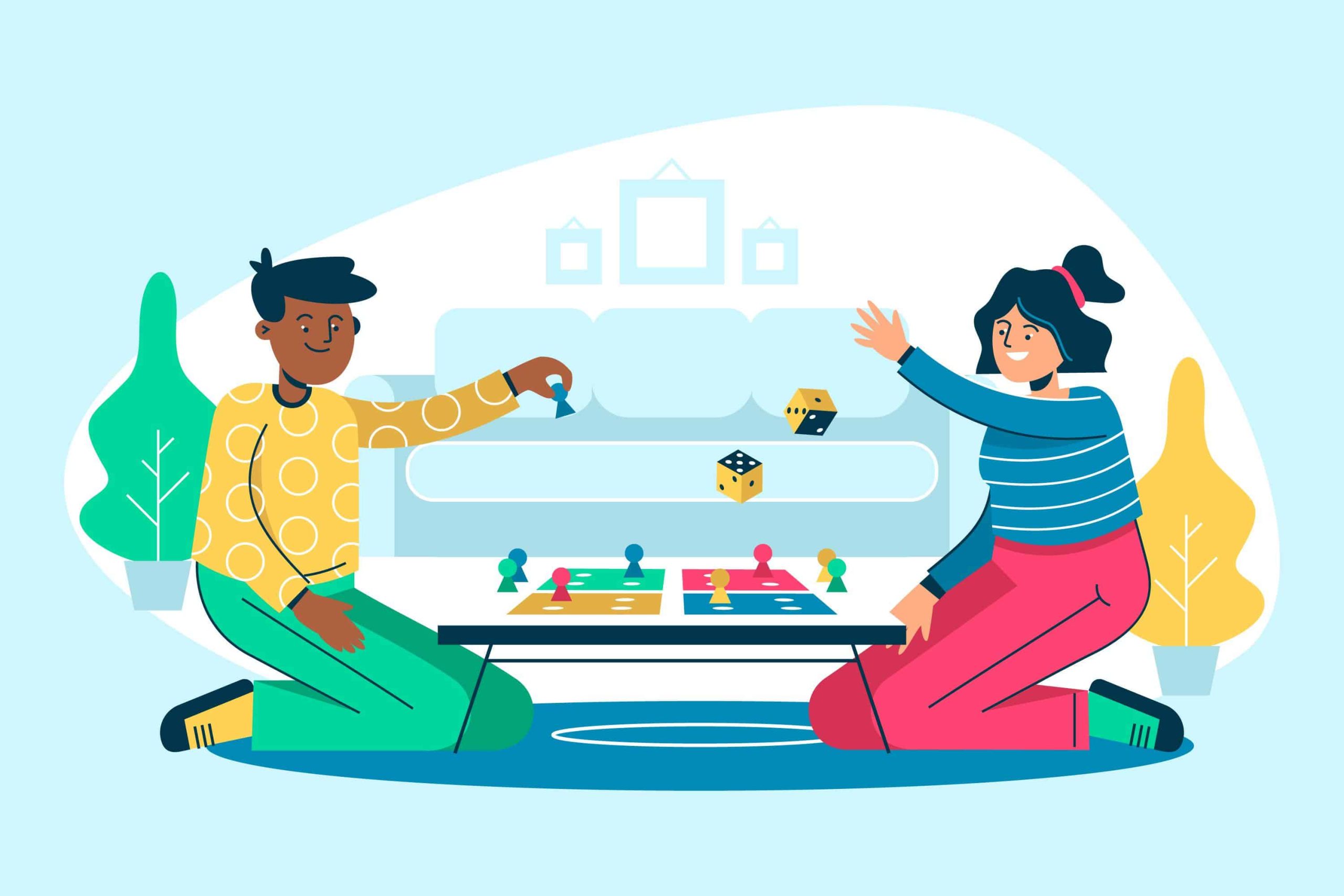The board game industry has experienced a powerful digital transformation in recent years, with timeless games like Ludo taking center stage on mobile and web platforms. What was once played with dice and tokens on physical boards has now become a dynamic online experience enjoyed by millions around the globe. Central to this shift is the magic of real-time multiplayer gameplay—a feature that turns a simple board game into a social, engaging, and highly replayable digital experience.
In this blog, we’ll explore the intricacies of building real-time multiplayer functionality, the technical decisions that shape user experience, and how Ludo game development services are evolving to meet the demands of a rapidly growing global audience.
Why Real-Time Multiplayer Is a Game-Changer
For games like Ludo, real-time multiplayer isn’t just a feature—it’s the core of the fun. Being able to play live with friends, family, or random opponents creates a competitive and immersive environment that closely mirrors the traditional board game experience. Real-time interaction builds tension, encourages replayability, and ultimately increases user retention.
But delivering this seamless experience comes with its own set of challenges. From latency issues to synchronization glitches, developers must navigate a minefield of technical complexities.
Architecture Choices: The Foundation of Multiplayer Success
One of the first decisions for board game developers building multiplayer games is choosing the right architecture. There are typically two options:
1. Peer-to-Peer (P2P)
In P2P games, players’ devices communicate directly with each other. While this setup can reduce server load, it’s prone to synchronization issues and cheating.
2. Client-Server Architecture
Most modern Ludo game development services prefer this model. All players connect to a central server that manages game logic, enforces rules, and ensures fair play. It’s more scalable and secure, especially for real-time play.
Key Technologies for Real-Time Ludo and Board Game Apps
1. Socket.IO or WebSockets
Sockets allow real-time communication between clients and servers. Whether you’re sending dice rolls, player moves, or chat messages, sockets ensure that all players stay in sync.
2. Firebase or Custom Backend
Some teams use Firebase Realtime Database for simpler sync needs, but high-performance apps typically require custom backend solutions using Node.js, Go, or other robust frameworks.
3. Unity or Custom Engines
For the front end, many developers use Unity for cross-platform Ludo game apps. Others opt for custom-built engines depending on the game’s visual and performance needs.
Ensuring Fair Play: Anti-Cheat Mechanisms
Cheating can ruin the multiplayer experience, especially in turn-based games where manipulating dice rolls or game states could be tempting for some users.
To address this, board game developers implement:
- Server-side Dice Logic: Only the server decides the dice outcome, not the client.
- Encrypted Game States: Data sent between client and server is encrypted.
- Move Validation: Each player move is validated server-side to prevent illegal actions.
By handling these checks on the backend, developers protect the integrity of the game and enhance user trust.
Handling Latency and Disconnections
Internet connectivity can vary wildly across players, especially in global markets. To maintain a consistent experience, multiplayer board games must account for:
- Reconnect Systems: Let players rejoin if disconnected temporarily.
- Turn Timers: Automatically skip or make a move if a player is idle too long.
- Optimized Data Transfer: Send only essential data packets to reduce bandwidth use.
These optimizations are crucial for maintaining smooth gameplay, especially for mobile players on limited data plans or unstable connections.
Player Matchmaking: Skill Meets Speed
Effective matchmaking is vital to keep players engaged. Whether it’s quick matches with strangers or private games with friends, having a flexible matchmaking system boosts user satisfaction.
Most Ludo game development services now include:
- ELO or Ranking Systems: Match players based on skill level.
- Region-Based Servers: Reduce latency by grouping players geographically.
- Friend Invites and Private Rooms: Add a social layer to the game.
Advanced analytics can also help fine-tune matchmaking algorithms over time for better user experiences.
Also Read – board game developers
Adding a Social Layer: More Than Just Moves
Real-time board games aren’t just about strategy—they’re social experiences. That’s why modern multiplayer games often include features like:
- In-game Chat or Emojis
- Voice Communication (optional)
- Player Avatars and Reactions
- Live Spectating and Replays
These enhancements help recreate the feeling of sitting around a physical board, even when players are miles apart. It’s one of the ways board game developers are reimagining human connection through gameplay.
Scaling Multiplayer Ludo Games
When your Ludo game gains popularity, performance becomes critical. Scalability must be built-in from day one. This involves:
- Cloud-Based Infrastructure (AWS, Google Cloud, Azure)
- Load Balancers to Handle Traffic Spikes
- Database Sharding for User Data
- CDNs for Fast Asset Delivery
Investing in scalable infrastructure ensures that players enjoy uninterrupted gameplay—even during peak times.
Monetization: Turning Fun Into Revenue
Monetizing multiplayer board games requires a careful balance between profitability and user experience. Common strategies include:
- In-App Purchases: Skins, dice designs, tokens.
- Rewarded Ads: Watch-to-earn features without being intrusive.
- Battle Passes or Season Challenges: Engage regular players.
Many Ludo game development services now offer modular monetization tools, helping clients tailor revenue strategies to their target market.
Final Thoughts
Creating real-time multiplayer experiences in Ludo and other board games is both an art and a science. From backend architecture to front-end interactions, every detail matters. But when done right, it results in a digital product that’s as enjoyable and social as its physical counterpart.
If you’re planning to develop your own Ludo or multiplayer board game app, it’s essential to work with experienced board game developers who understand the nuances of real-time systems. Investing in reliable Ludo game development services can save time, reduce risks, and maximize your game’s potential for success.
Creating real-time multiplayer experiences in Ludo and other board games is both an art and a science. From backend architecture to front-end interactions, every detail matters. Developers must carefully orchestrate the gameplay mechanics, user interface, server synchronization, and user engagement features to ensure a smooth, immersive experience. Beyond the technical side, understanding player behavior and expectations plays a crucial role in crafting a truly captivating game. It’s not just about functionality—it’s about making players feel connected, competitive, and entertained. When done right, it results in a digital product that’s as enjoyable and social as its physical counterpart, if not more so.
If you’re planning to develop your own Ludo or multiplayer board game app, it’s essential to work with experienced board game developers who understand the nuances of real-time systems. They bring both technical proficiency and creative insight, which are vital in building a game that stands out in today’s crowded app market. Investing in reliable Ludo game development services can save time, reduce risks, and maximize your game’s potential for success—while ensuring you deliver a polished, feature-rich product that players will keep coming back to.
Also Read- Board Game Development Company








